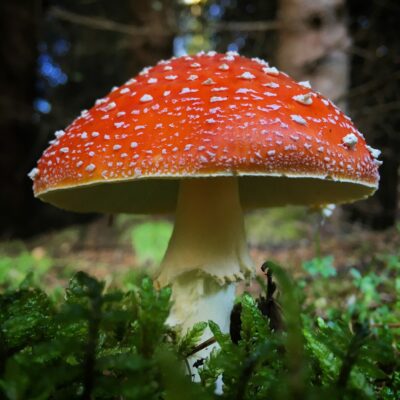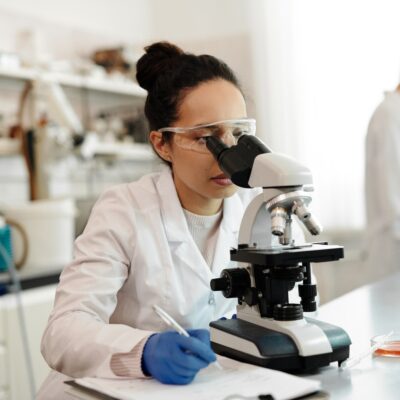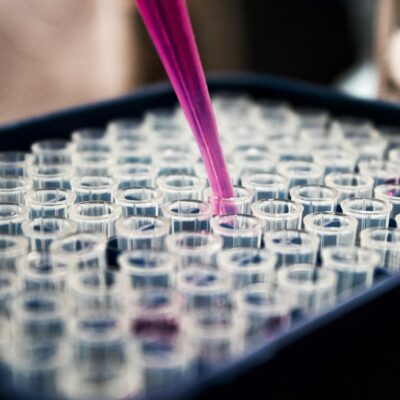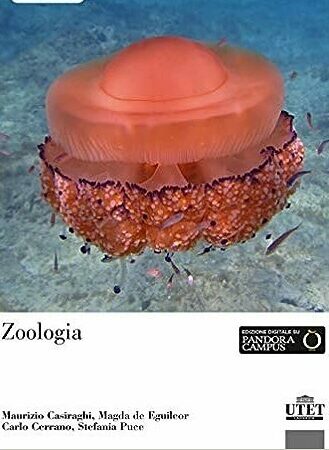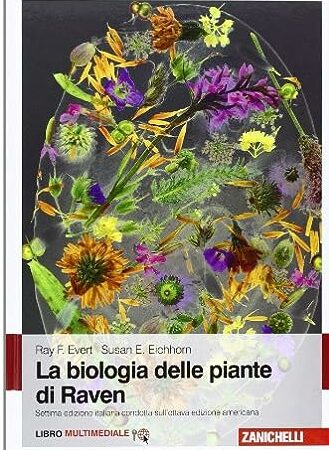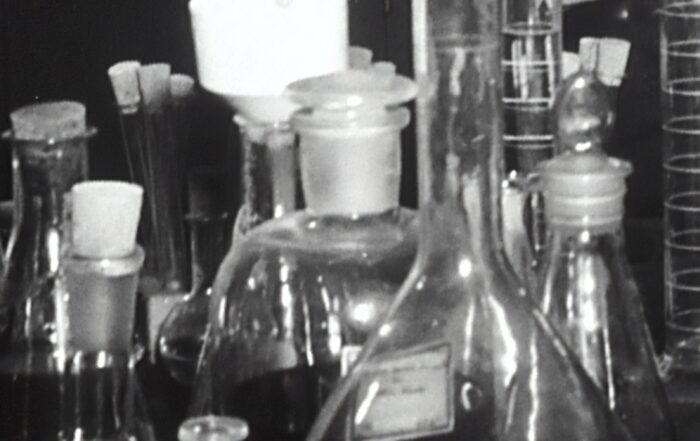Poisons, drugs, medications, and various toxic substances are often employed for criminal purposes, as evidenced by numerous cases of homicides by poisoning reported in both ancient and modern literature. However, the underdeveloped technology, the potential methods of administration, and the often generic symptoms have made it very difficult in the past to accurately determine the victim's cause of death. In fact, deaths were frequently attributed to other medical conditions, or, in case of a correct diagnosis of poisoning, were attributed to the victim's accidental consumption or voluntary consumption for suicidal purposes.
Medications, drugs, and pesticides are classified as synthetic toxic substances; natural ones, on the other hand, exhibit a wide variety:
- heavy metals, such as arsenic, mercury, and thallium
- radioactive elements
- toxic plants, such as hemlock, oleander, jimsonweed, and belladonna
- poisonous mushrooms, especially those belonging to the genus Amanita (Amanita virosa, Amanita phalloides and Amanita muscaria)
- animal toxins, such as tetrodotoxin in pufferfish and certain frogs and salamanders, as well as those found in box jellyfish, scorpions, spiders, and snakes
- the toxin that causes botulism, produced by the bacterium Clostridium botulinum
La tossicologia forense studia proprio gli effetti tossici che queste sostanze hanno sull’uomo, con lo scopo di determinare cause e responsabilità criminali. Sviluppatasi a partire dal XIX secolo con l’invenzione del Test di Marsh, questa disciplina si è evoluta e oggi il tossicologo forense può avvalersi delle più moderne tecnologie nell’esaminare fluidi, tessuti e organi per determinare la presenza di sostanze tossiche e identificarle. A volte i sintomi della vittima, l’esame post mortem del patologo, così come eventuali effetti personali della vittima, possono suggerire la natura della sostanza in questione e le modalità di assunzione. Altre volte, invece, il tossicologo forense non ha alcun tipo di indicazione e svolge la sua analisi ricorrendo alla propria esperienza e alle proprie conoscenze, in particolare di come l’organismo umano altera e metabolizza queste sostanze (es. sarebbe inutile cercare l’eroina nel corpo umano, dal momento che la stessa viene subito metabolizzata in morfina). Il tossicologo forense utilizza varie tecniche di laboratorio (Gas cromatografia/Spettrometria di massa) per identificare la sostanza, determinandone quantità e tossicità, così da fornire agli investigatori un valido supporto probatorio.
Recommended Products (Amazon Affiliate links)
Articoli correlati




